1.National Sun Yat-sen University (NSYSU) established experimental districts for rural education
From January 1935 to October 1936, NSYSU organized and set up the Longyandong Rural Education Experimental District, the Shipai Rural Service Experimental District, and the Huaxian Rural Education Experimental District. The establishment of those districts reflected NSYSU’s endeavor to promote the rural construction movement at a time when the rural areas were underdeveloped and the movement was in urgent need. In line with NSYSU’s commitment to serving the people and translating theory into action, the districts were tasked with channeling the outcomes of its research into effective strategies for enhancing the development of rural areas.

Photo 1: Activities of the Longyandong Rural Education Experimental District in Guangzhou (Chinese Educational Circles, Vol. 23, No. 6, December 1, 1935)
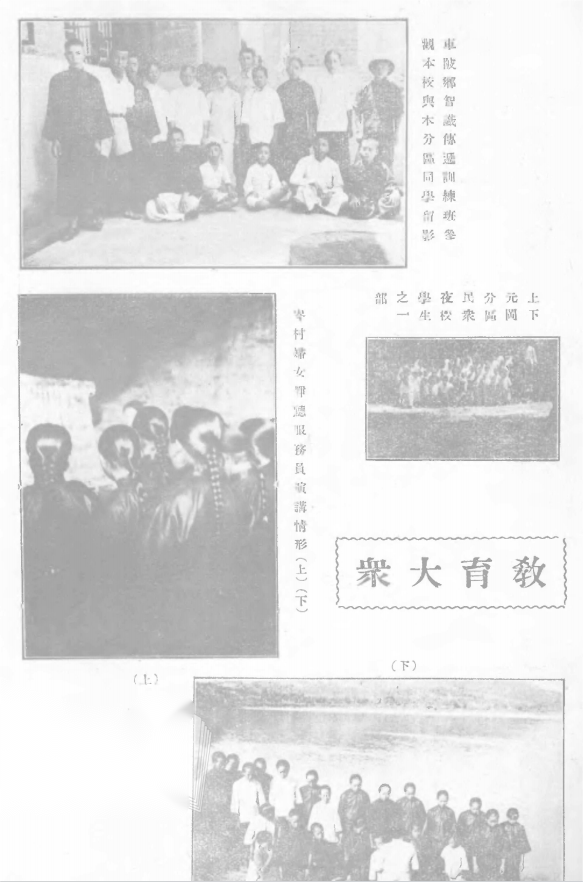
Photo 2: Shipai Rural Service Experimental District (Report on the Rural Service Experimental Area of National Sun Yat-sen University, 1936)
2.NSYSU established its research institute
In June 1935, as instructed by the Ministry of Education, NSYSU set up a research institute that encompassed the Institute of Research of Arts, the Institute of Educational Research, and the Institute of Agricultural Research, making it one of only three universities approved by the Ministry of Education to set up a research institute. (The other two were Tsinghua University and Peking University.) On 6 June, Zou Lu, the President of NSYSU, was formally inaugurated as the head of the research institute. In September of the same year, the official examination to recruit talents was held in Guangzhou, Shanghai, and Peking. In February 1937, the new site of the Institute was completed. The main office, the Institute of Research of Arts, and the Institute of Educational Research were then moved to the new site on Yanmen Hill behind the College of Agriculture of the new Shipai campus, and the Institute of Agricultural Research was settled in the College of Agriculture.
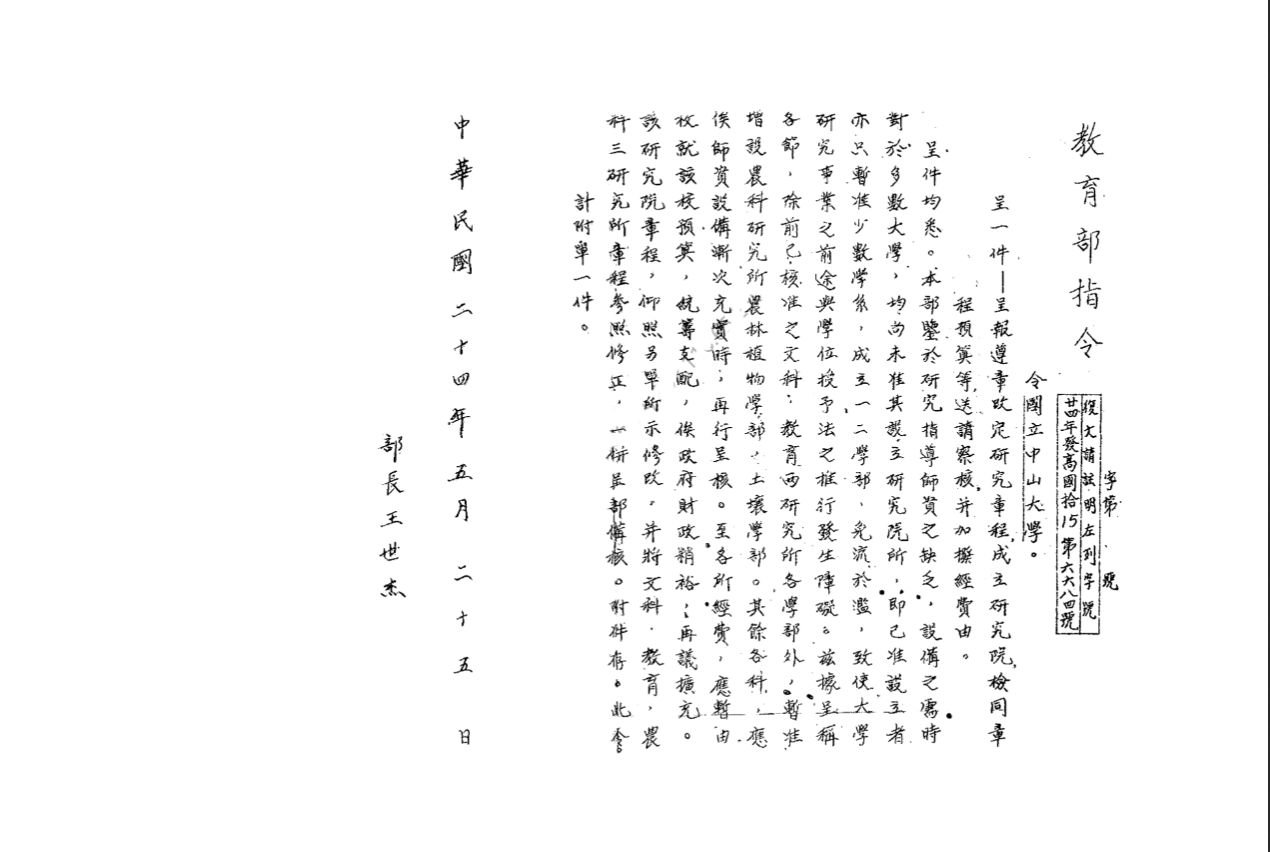
Photo 1: The instruction of the Ministry of Education to the NSYSU to establish the research institute on May 25, 1935 (source from Sun Yat-sen University Archive)
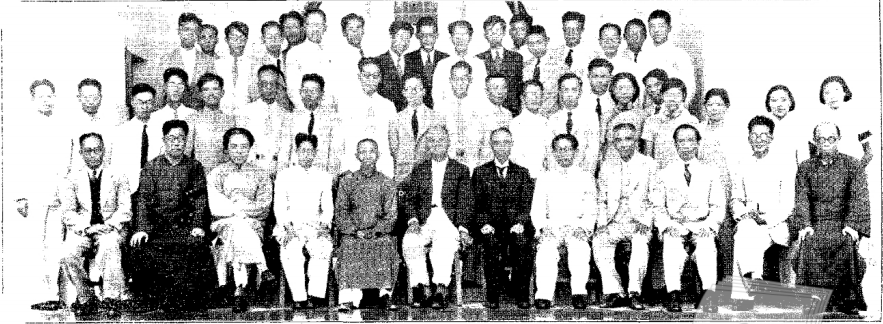
Photo 2: A group photo of the students and staff of the research institute (Annual Report of the Research Institute of National Sun Yat-sen University, June 1937)
3.NSYSU opposed the Huabei Incident and demanded active resistance against the Japanese aggression
During the Huabei Incident in June 1935, NSYSU openly demanded actions to save the nation and resist Japanese aggression. It repeatedly sent telegrams calling for active resistance against the Japanese aggression and for the recovery of lost territories, becoming one of the central hubs for counter-Japanese campaigns among China’s universities.

Photo 1-3: Letter to Compatriots Nationwide by NSYSU (National Sun Yat-sen University Daily, June 22, 1935, p. 5-7)
4.Progressive students joined the Communist Youth League of China
In July 1935, Wang Junyu travelled from Shanghai to Guangzhou to lead the work of the Chinese Youth League and resume the organization and activities of the Communist Party in Guangzhou. Progressive youths from NSYSU, such as Zeng Sheng (formerly known as Zeng Zhensheng), Qian Xing, Su Ren, Li Juliang, Kim Chiang-hwa (a Korean), and Han Yaochu, played an active role in this process.
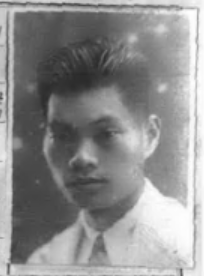
Photo 1: Zeng Sheng (Zeng Zhensheng)
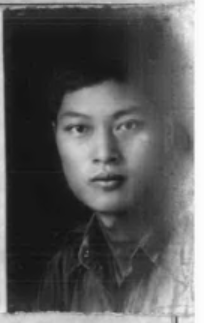
Photo 2: Kim Chiang-hwa
5.Deng Zhiyi, Chen Huanyong, Wu Kang, and others participated in international academic exchanges
In June 1935, Deng Zhiyi, the Dean of the College of Agriculture went to the United Kingdom to attend the International Congress of Soil Science and the World Education Congress, and returned to China in August of the same year. On August 24, Professor Chen Huanyong, the Director of the Botanical Institute, went to the Netherlands to attend the 6th International Botanical Congress and was elected as the vice chairman of the review group of the taxonomy and nomenclature of plants. On August 27, Wu Kang, the Dean of the College of Arts went to Rome to attend the 19th General Assembly of the International Congress of Orientalists and was invited to lecture at the University of Paris.
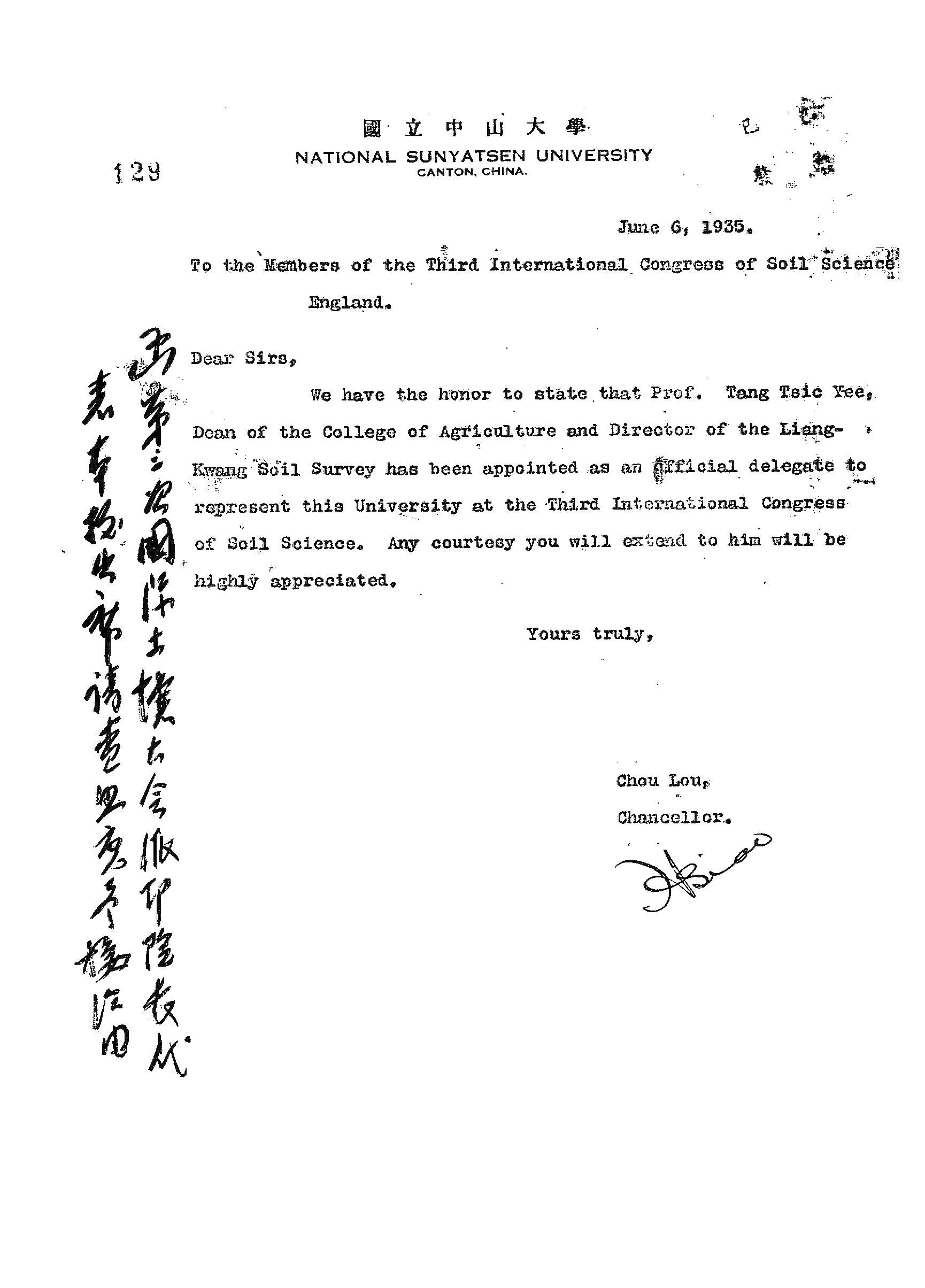
Photo 1: NSYSU’s official letter in reply regarding sending Deng Zhiyi to attend the Congress (source from Sun Yat-sen University Archive)
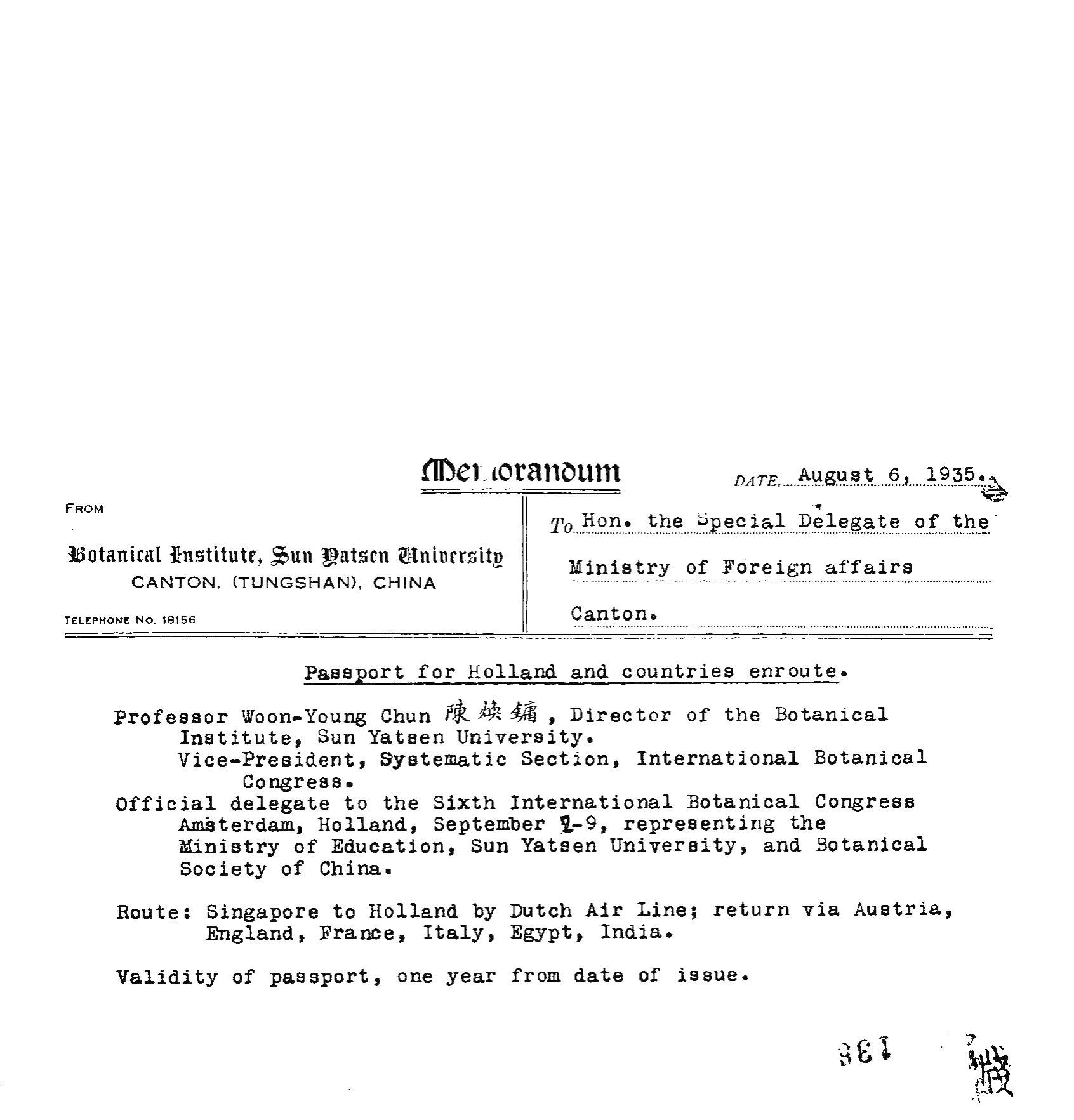
Photo 2: The certificate for Chen Huanyong to participate in the conference overseas issued by NSYSU (source from Sun Yat-sen University Archive)
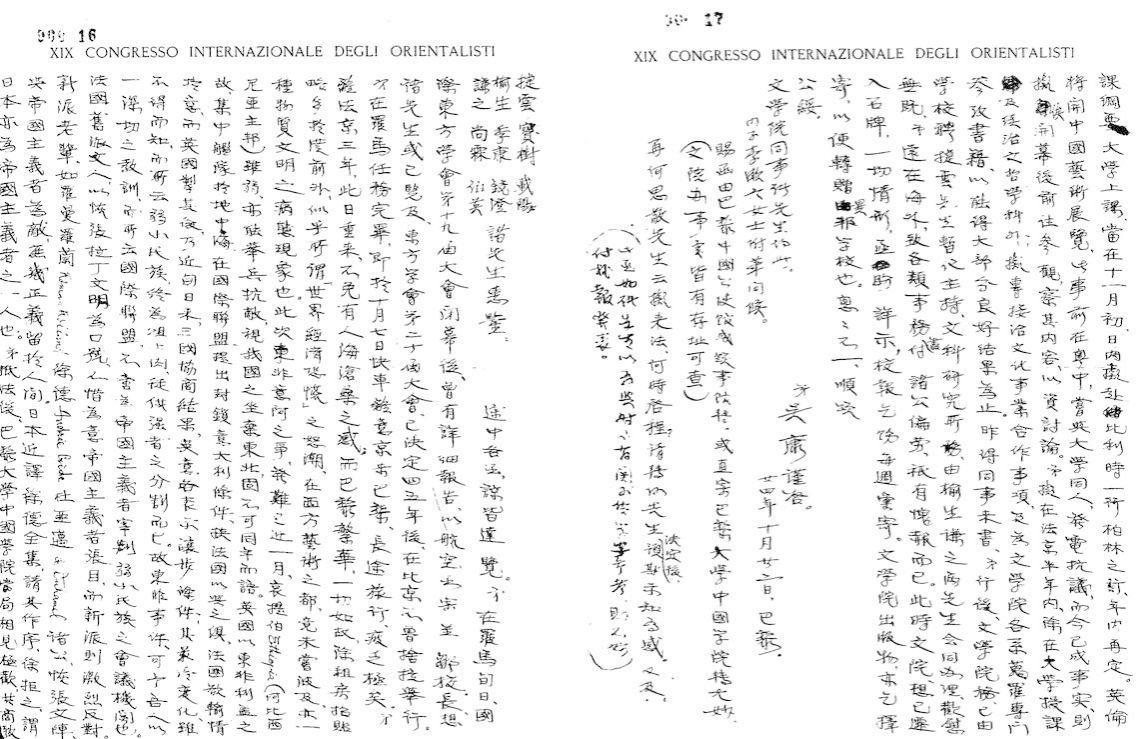
Photo 3, 4: Letter about the work of overseas lectures and experience by Wu Kang (source from Sun Yat-sen University Archive)
6.Teachers and students of NSYSU responded to the December 9th Movement
On December 12, 1935, students of all colleges and affiliated high schools of NSYSU responded to the December 9th patriotic movement led by the Communist Party of China (CPC) in Beijing. Students held the “Double Twelve” demonstration and marched under the support of progressive professors such as He Sijing and Deng Chumin. On December 31, the students held the second counter-Japanese march and elected Zeng Sheng (formerly known as Zeng Zhensheng), Zhong Yuanfan, Li Kangshou, and two others as the interim presidium, with Zeng Sheng as the chairman. In January of the following year, the Kuomintang authorities in Guangdong Province gathered detectives, hooligans, and secret agents to suppress the counter-Japanese demonstrations. They killed and injured dozens of patriotic students, known as the “Liwan Massacre”. Later on, they kidnapped more than a dozen progressive students from NSYSU and killed Feng Daoxian.
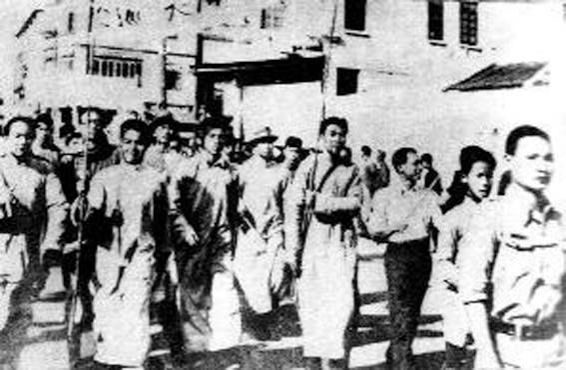
Photo 1: Students of NSYSU participated in the demonstration responding to the Guangzhou December 9th Movement against the Japanese and for national salvation in 1935. The first one on the right is Zeng Sheng, who was studying in the Department of Education of the College of Arts and later became the Commander of the East River Column; the flag carrier on the right is Yang Kanghua, who was studying in the Department of Politics of the College of Law and later became the Director of the Political Department of the East River Column
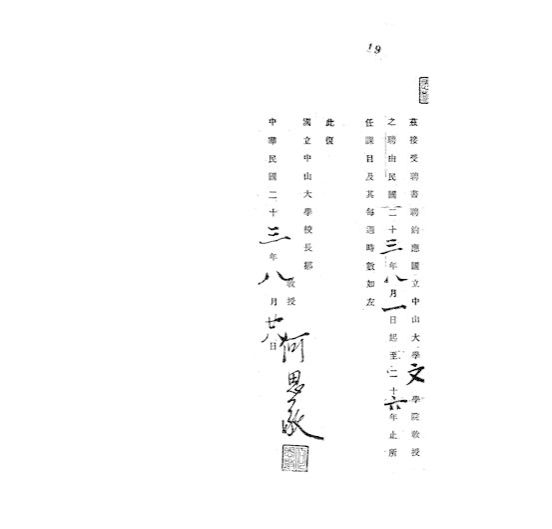
Photo 2: Letter of acceptance of employment offered to He Sijing (source from Sun Yat-sen University Archive)
7.Implementation of the Work Plan for Education in Preparedness Against War
On December 15, 1935, Cui Zaiyang, Director of the Institute of Educational Research of NSYSU, put forward the draft of the “Wartime Education Work Plan” at the congress for resistance against Japanese aggression and for national salvation attended by all the faculty. The congress amended the draft into the “Work Plan for Education in Preparedness Against War” after deliberation. Since then, all schools and colleges of NSYSU had been actively promoting education in preparedness against war by offering various war-related courses.
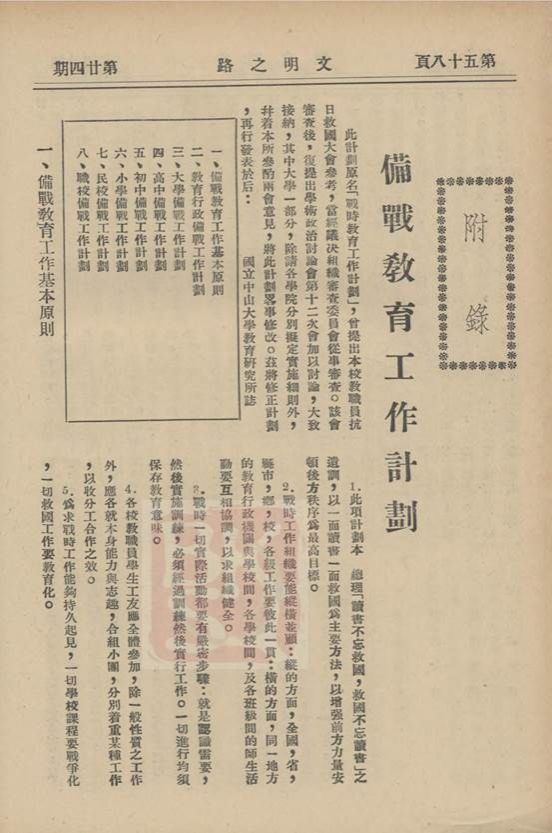
Photo: “Work Plan for Education in Preparedness Against War” (The Road to Civilisation, No. 24, December 12, 1935)


